- QATestLab Blog >
- QA for Business >
- Blockchain Testing in 2020: Ultimate Checklist & Tools
Blockchain Testing in 2020: Ultimate Checklist & Tools
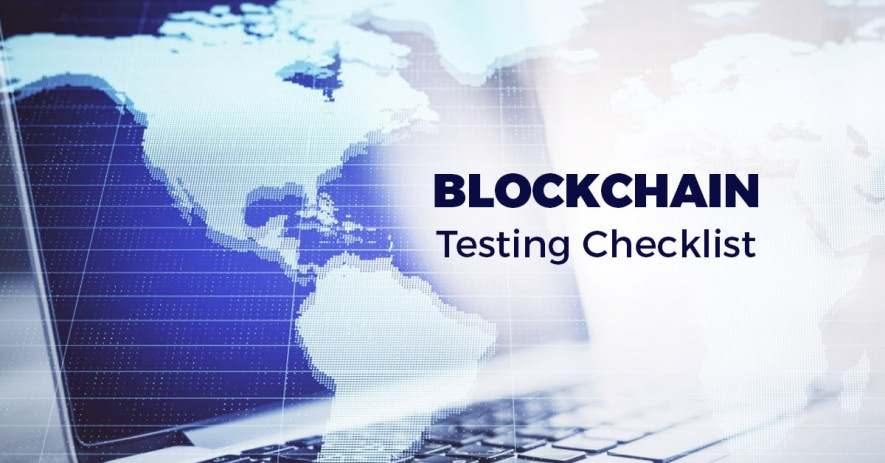
In times when a single glitch can wipe out the credibility, Quality Assurance (QA) is at the heart of Blockchain. Users of today demand seamless user experience, flawless functionality, and utmost security. How to achieve it for the Blockchain system in 2020? QATestLab prepared the ultimate checklist for blockchain testing with useful testing tools. Must-read for both QA specialists and curious product owners.
What is Blockchain from the QA perspective?
Blockchain is a popular yet technically challenging technology. With the advent of the Industry 4.0 era, Blockchain became one of the most welcomed technologies. Only the laziest one didn’t hear about this paradigm of reliable business transactions, but not everyone dares to use it. We still have doubts about blockchain, but what makes us think so?
Initially designed for transferring cryptocurrency like bitcoin, now it is used for carrying data of all kinds. At its most basic level, it is just a chain of blocks transferring something important. Current applications range from faster/cheaper payments in the Financial Services industry to storing patient’s encrypted health information without the risk of privacy breaches.
What is blockchain from a tester’s perspective? Since blockchain refers to the systems used to complete financial transactions in 90% of its cases, QA specialists treat it as a regular payment system. For this reason, it is necessary to conduct validation of parameters, check whether transactions pass successfully, and ensure the correctness of other requirements (the terms of a smart contract fulfillment).
The benefits of blockchains are manifold. On the one hand, it typically reduces transaction costs, and settlement time; on the other, it increases transparency by eliminating the “third party” and secures transaction ledger with no double-spending or transaction repudiation. But, of course, the successful release of a product on the market must be invariably preceded by a thorough cycle of testing.
The Ultimate Checklist for Better Blockchain Testing
For blockchain systems, there are three critical points to be checked: event sources (transactions), block sources (transaction committers), blocks recipients (readers), and committed transactions. Bandwidth is one of the most pressing technical issues in distributed ledger technology.
#1 Choosing a testing approach
Blockchain QA involves a balanced combination of several approaches or methods for testing a blockchain system; each of these methods offers different possibilities:
The next step that can be taken in frames of any of the above approaches is conducting functional/ non-functional testing.
#2 Functional Testing of Blockchain systems
The technical functionality of blockchain implementation must match the requirements of the use case. Things needed to be checked: wallet Integration validation, interface validation, dapp (decentralized application) business rules validation, dapp workflow validation, and conduct cross-browser/ device testing.
Functional Testing types:
- Unit Testing Of Smart contracts. Test-driven development (TDD) approach using tools like Truffle/ Embark / Dapple / Populus. Unit Testing of smart contracts (including token contracts) through other contracts.
- Integration testing. We expose faults in the interaction between integrated units. Blockchain applications do not exist exclusively in the domain of digital currency platforms. They need integrating with other systems that provide access to real-world data and events, like smart contracts.
- API testing. Dapp API calls for internal smart contract methods. Dapp API calls for interfacing application integration.
#3 Non-Functional Testing of Blockchain systems
Non-Functional Testing involves performance and security testing (e.g., validation of performance on pumping large transaction volume into the blockchain network, secured blockchain access, wallet signature).
Non-Functional Testing types:
- Security Testing. To ensure security, we suggest imitating the thinking of an intruder and place QA engineers in the shoes of potential cybercriminals. For this, deliberate attacks on systems will come in handy.
- Performance (Load) Testing. Performance testing in the blockchain is essential from the number of transactions being tested for performance of a block or an application being made ready to be deployed to production. It is mandatory to check how a system performs in terms of responsiveness and stability under a particular workload.
- User-interface testing. From a developer’s point of view must be taken into consideration in terms of modifiability and available documentation. The end-user perspective can be neglected as they do not interact with blockchain directly. Things to check: validation of UI aspects like color, logo, resolution, labels, etc; validation of navigability aspects.
Depending on the use case, the blockchain software must serve as a reliable source of data and, therefore, must fulfill all the quality criteria above.
Top 5 Tools for Testing Blockchain Applications
Blockchain testing has never been an easy task. But, here are five testing tools that might facilitate this process:
It is a handy tool to check the stability of any systems with its unique approach called Chaos Engineering: using its network agent, the tool creates many different types of problems on the required number of machines, such as network lags, overloading, disabling of individual protocols. All this allows us to observe what happens in case of crashes or when the code is updated.
The instrument uses several cloud services (Digital Ocean, Google Cloud Engine, etc.), where it can run a whole spectrum of nodes. It allows estimating cloud server resources, automatically turning off unnecessary resources after the test. MixBytes will help you understand what will happen on the nodes if clients send transactions with a given tps in highly repeatable conditions and with a real number of nodes located on different continents.
Crafted in Python, this instrument allows you to create the required network topology and the required number of servers and clients using a simple configuration script. Madt deploys the network in several docker containers and brings up a web interface where you can watch messages from servers and clients of the network.
It’s the most popular framework that allows you to write automated tests in both JavaScript and Solidity. Results can be obtained very quickly. You can use it even for building DApps and handle such tasks as Compiling Contracts, Deploying Contracts, Injecting it into a web app, and more.
Last but not least, the open-source platform that contains a set of built-in functions and allows you to write tests to validate contracts, as well as to conduct load testing and integration.
Bottom Line
The success of Distributed Ledger Technology determined by conducting proper testing. Today, we have done our best to shed light on the QA steps you can take for your blockchain application. We are convinced, proper QA is a key to make someone choose your product from the basket of existing solutions. Have anything to add? Leave your comments below. Follow us on Facebook, LinkedIn, or Twitter. Let’s grow together!
Learn more from QATestLab
Related Posts:
- The Secret of NFT Games Popularity: Features and Benefits
- How to develop a crypto game to impress the market?
- Blockchain Technology: How Safe Is It?
About Article Author
view more articles
has more than 2-year experience in blogging and copywriting, copyediting and proofreading of web content.
View More Articles
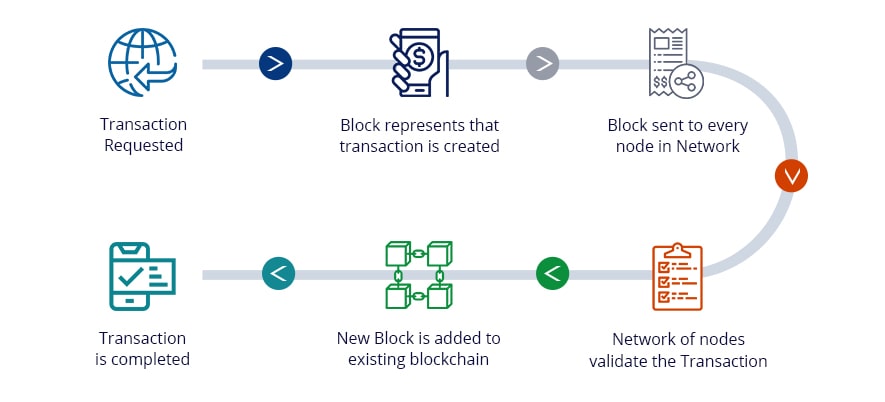
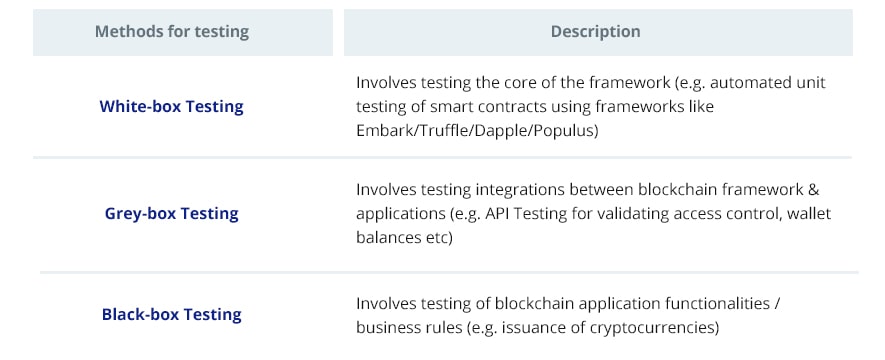
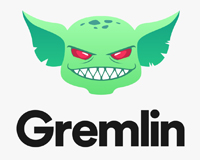
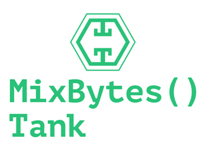
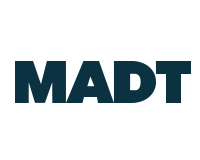
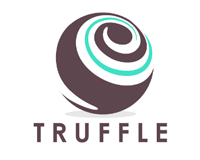
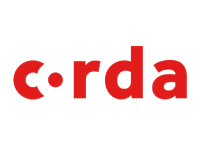



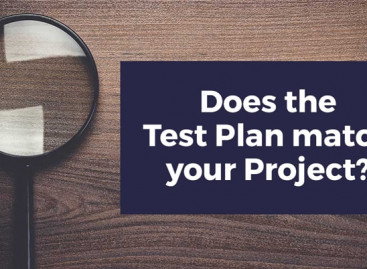
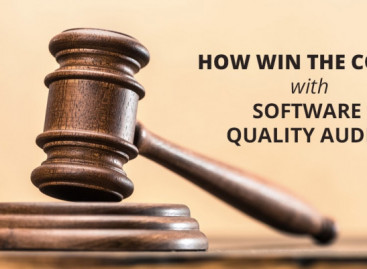

No Comments Yet!
You can be the one to start a conversation.